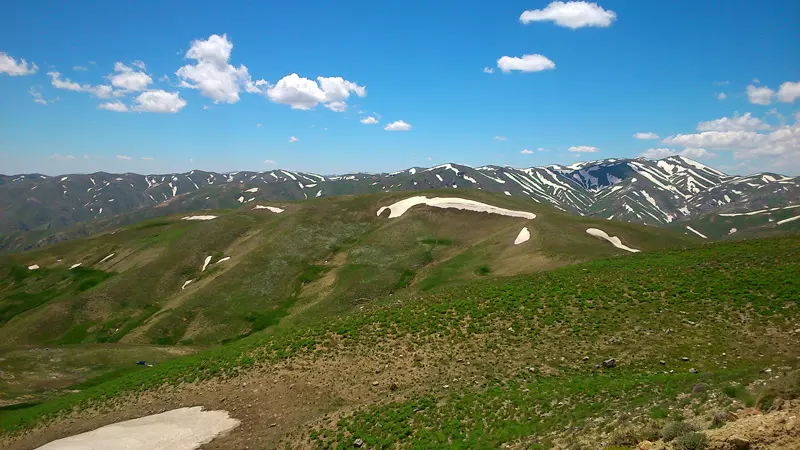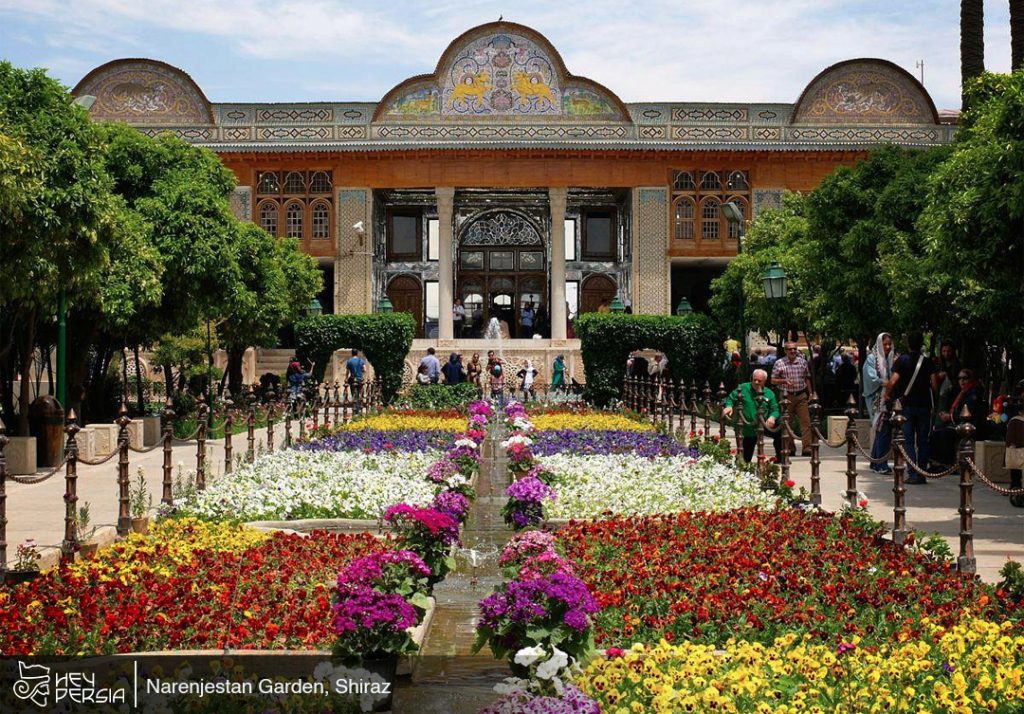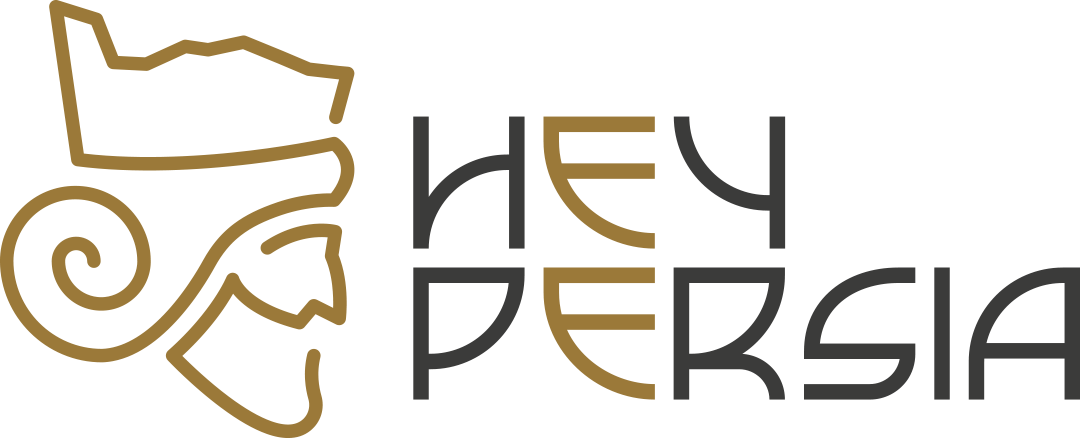Angouran Protected Area is one of the oldest protected areas in Iran, which covers an area of 120,000 hectares. This vast area was under protection since 1349. 6 years later, about 30,000 hectares in the southeast of the protected area upgraded to Angouran Wildlife Sanctuary. Angouran protected area and shelter has a very high biological and plant diversity. This 120,000-hectare area is one of the important habitats of Armenian sheep and goats. If you are curious to learn more about it, you can join us on the Hey Persia blog.
Where is Angouran in Iran?
Angouran region is located on the border of the three provinces of Zanjan, West Azarbaijan and Kurdistan, and in terms of country divisions, it is located in the western part of Zanjan province, Mahneshan city. This mountainous region has the highest mountains of Zanjan province in its heart and due to its topographical position, it has very cold winters and cool summers. To access Angouran region, you have to go west from Zanjan city for about 112 km to reach Mahenshan city. From Mahenshan, enter the Pari village road and after traveling 36.5 km, you will reach Angouran Wildlife Sanctuary.
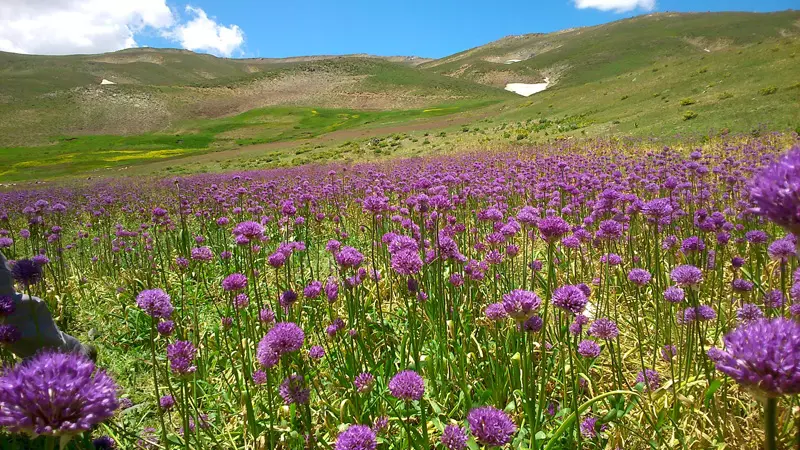
Angouran Wildlife Sanctuary
Angouran consists of two parts named Balqis and Garde Taj, and there is a migration corridor from the safe area of Balqis to Qaraboq for the winter and spring transition of animals such as rams and sheep.
Introducing Angouran Wildlife Sanctuary
As mentioned, the entire Angouran region has been under protection for more than half a century. But a part of it with an area of 29,812 hectares was as a wildlife sanctuary in 1354. The mountainous part and the Mahori hill of the shelter are located at an altitude range of 1,280 to 2,200 meters, and its average rainfall is about 400 mm, and its climate is semi-arid and moderate.
The protected part of Angouran with an area of 91,280 hectares is in a higher altitude range of 1,240 to 3,220 meters, and its average rainfall is at 450 mm. The entire Angouran region consists of two safe parts named Balqis and Garde Taj. There is a narrow migration route between Balqis Safe Zone in Angouran Protected Area and Qara Bug Safe Area in Angouran Wildlife Sanctuary, which rams and ewes use to pass the winter and spring.
Vegetation and fauna status of protected area and Angouran in Iran
Angouran Wildlife Sanctuary has about 200 different types of vegetation, the most important of which are barberry, almond, tangerus, bene, khinjuk, coma, darmene, inverted tulip, flower of hasrat, thyme, goon and all kinds of wheat. This 30,000-hectare sanctuary is a safe place for birds, and about 100 different species of birds have been observed there, 16 of which are in danger of extinction. Among its most important birds is the “brown flycatcher” which was for the first time in the Middle East. Angouran mountain shelter, in addition to various birds, there are various animal species such as goats and pheasants, brown bears, wolves, cormorants, lynxes, shengs, hyenas, common foxes, terns, partridges, partridges, eagles, falcons, great egrets, there are also types of cockerel, khotka, green duck, heron, Zanjani viper, Damavandi viper, kurman, pond turtle and yellow-winged turtle, fish sauce, river white and sable.
7 species of amphibians, turtles, water snakes, otters and 8 species of fish have also been in this shelter. In addition to plant and animal diversity, Angouran Sanctuary has hot springs, overturned tulips, historical monuments, mines and various villages such as Yasti Qala, Qozlu Qala, Darband Qaterchi, Qoshasoori Qala, Behestan Qala, Jen Chimney, Azarghashab Fire Temple, Balqis Mountain, the lead and zinc mines of the Middle East are also the remains of the historical city of Takht Suleiman. Takht Suleiman is one of the ancient places of Iran, which was during the Sassanid period and has a similar position to Takht Jamshid of the Achaemenid period.
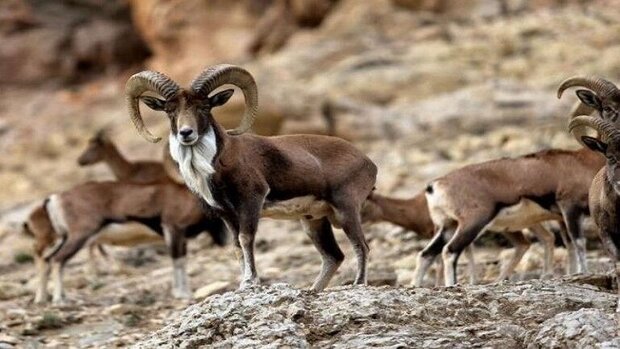
The status of the animal cover of the protected area and Angouran sanctuary
In terms of water resources, the Angouran Wildlife Sanctuary is in good condition with the presence of 2 rivers, Qezel Ozen and Angouran Chai. This area is one of the most important habitats of Armenian sheep and goats. The 91,000-hectare protected area of Angouran has 171 diverse plant species, the most important of which are darmene, chobak, goon, Mirhasan’s hat, tulips, shagaig, coma, marzeh, shakartighal, flower of longing, trees and shrubs such as baneh, almond, khinjok, shirkasht, they are barberry, walnut and elderberry.
This mountainous area and Mahori hill has a good condition in terms of the diversity of animal species and 178 animal species have seen in it, some of the most important of which are: brown bear, common fox, lynx, stone otter, partridge, partridge, partridge. starling, dal, king owl, gray goose, tanje, angut, heron, khotka, great egret, Zanjani viper and Afghani turtle. Several rivers flow in the Angouran protected area, such as Qezal Ozen, Angouran Chai, Aleppo, Kaka and Darband. These rivers are full of water and host various fishes such as river whitefish, sass, yolk and sable.
The presence of migratory birds in Angouran in Iran
Due to the presence of numerous ponds and rivers, Angouran Wildlife Sanctuary welcomes various species of migratory birds that come to spend the winter in this area.

